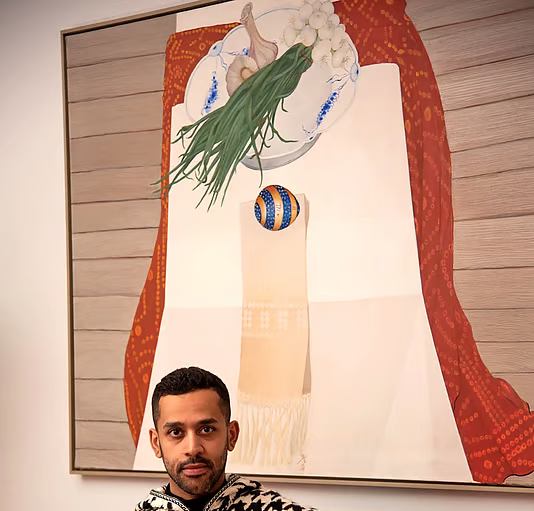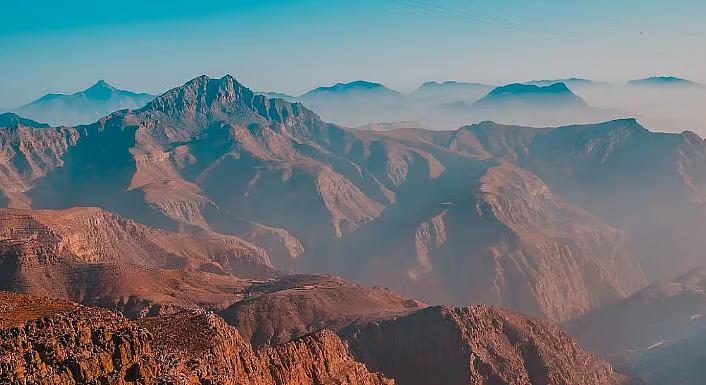How Burj Khalifa Changed Dubai: The Icon That Transformed a City

Long-time residents of the UAE still vividly recall the inauguration night of Burj Khalifa on January 4, 2010. A dazzling display of light, fire, and water choreographed the unveiling of the iconic 2,722-foot skyscraper. The dancing fountains swayed to music as fireworks erupted not only around but sideways from the building, creating an awe-inspiring spectacle that made the tower resemble a giant Christmas tree piercing the sky. The glittering lights teased its record-breaking height before finally revealing the tallest building in the world, proudly standing in Dubai.
Architect Shwan Alhashimi, founder of Archiplexus, recalls watching the event from Auckland, New Zealand, calling it a “world event” that put all eyes on Dubai for its architectural marvels and visionary projects. At the time, Dubai was transitioning from a modest desert town, with the Dubai World Trade Centre as its tallest building, into a global metropolis.
“The Burj Khalifa opened a new chapter in world history. It is an incredible feat and an incredible piece of engineering – a symbol of ambition and vision.”
Indeed, Burj Khalifa emerged as a symbol of hope and resilience after the global financial crisis of 2008-09, inspiring confidence in Dubai’s future. Ahmad Al Matrooshi, executive director at Emaar Properties, emphasizes the building’s transformative power, stating it has become a key part of Dubai’s identity, attracting millions worldwide and inspiring generations to come.
From Desert Town to Cosmopolitan Landmark
Mohammed Adib, founder of Intercon, reminisces about the building's beginnings amid dust and open land. Before Burj Khalifa, Dubai had very few luxurious buildings. The Burj Al Arab hotel was the city's symbol of luxury, but Burj Khalifa changed the game by putting Dubai unmistakably on the global map.
During the five years leading to its inauguration, the project was shrouded in secrecy. Rumors swirled about elevator technology, structural integrity, and access logistics. Yet all doubts were resolved as the building rose elegantly and efficiently, defying conventional limits of skyscraper design.
Architectural Harmony in the Skyline
Tariq Khayyat, co-founder of Tariq Khayyat Design Partners, notes how Burj Khalifa fits perfectly within Dubai’s skyline, like the missing puzzle piece. Its architectural balance — from the podium to the hotel, offices, and residences — creates a silhouette instantly recognizable worldwide.
Redefining Engineering and Ambition
Burj Khalifa pushed boundaries not only in height but in engineering. Despite Dubai’s sandy soil, the building's foundation piles extend deep underground, a feat requiring advanced engineering knowledge. The tower’s slender, elegant profile contrasts with bulkier skyscrapers, making it a symbol of possibility and ambition.
Its success paved the way for ambitious projects like Dubai Creek Harbour and proposed 2 km-tall towers, setting new benchmarks for architecture and engineering globally.
Living in the Clouds: Life at Burj Khalifa
Residents like Veena Munganahalli experience breathtaking views from their apartments high above the city. Life inside the skyscraper offers unmatched luxury, including concierge services, spas, gyms, and exclusive access to Dubai Opera and Armani Hotel benefits. The community atmosphere among residents fosters a unique blend of exclusivity and warmth.
Dr Mina Jethu, a resident and dentist who shares her experiences on social media, highlights the top-level security and exceptional services that define life in the world’s tallest building.
Burj Khalifa: A Lasting Symbol of Dubai’s Vision
As Mohammed Adib reflects, Burj Khalifa is more than just a building — it’s a beacon that draws eyes, guides journeys, and inspires pride. Visible from nearly everywhere in the city, the tower has become an essential part of Dubai’s identity and skyline.
Discover Dubai’s iconic landmarks and culture with dubai.travel-culture.com — your trusted guide for tours, experiences, and more.






